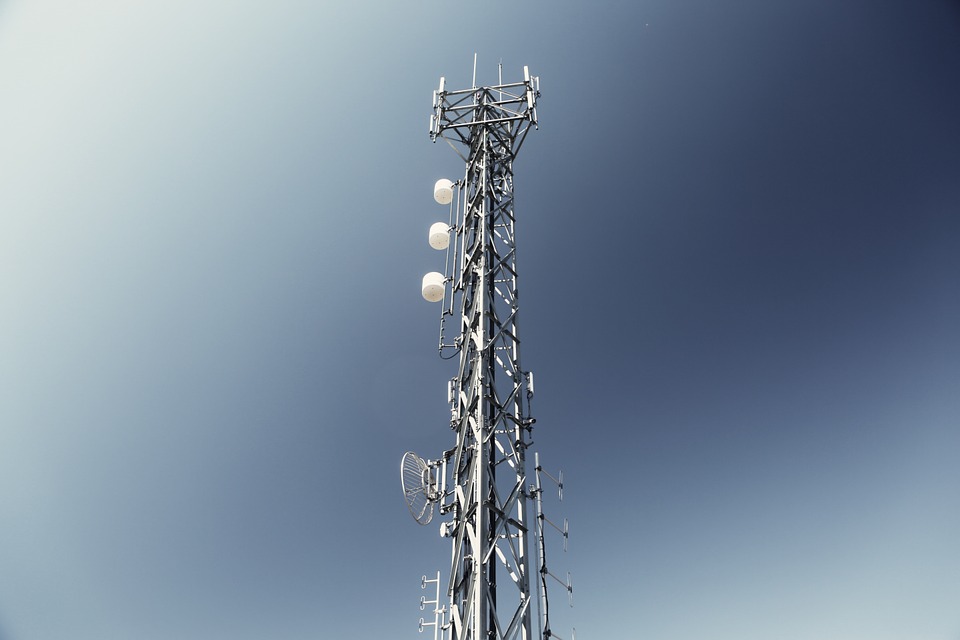The amount of funding available for rural broadband investments, as allotted by FCC, counts $2.15 billion – a sum voted in March 2016 to be “distributed to Internet providers through a reverse auction in which bidders will commit to providing specific performance level” in tranches of $215 million/year for the next 10 years, as Ars Technica reports. According to the same article, the funds’ provenience resides in the Connect America Fund of the Universal Service program, and comes from “surcharges on Americans’ phone bills” aimed to support rural Internet service.
As the sum mentioned above, as well as the funding source clearly point out, the situation of American rural Internet is critical in this day and age, and the efforts to remedy it are on a major scale – uneven, disparate connectivity affects the entire nation by blocking future overall development and fragmenting the prospects of a functional, unitary mega-network.
Speed goals for the rural broadband
The next steps in expanding rural broadband access include default key requirements that would guide the bidders’ selection, out of which the speed-related conditions feature four technology neutral service standards:
- The minimum performance tier translates into 10 Mbps downstream/1 Mbps upstream and at least 150 GB monthly usage;
- The baseline performance tier translates into the controversial 25 Mbps downstream/3 Mbps upstream (and same minimum monthly usage);
- The above-baseline performance tier translates into 100 Mbps downstream/20 Mbps upstream in combination with an unlimited monthly usage allowance;
- The Gigabit performance tier translates into 1Gbps downstream/ 500 Mbps upstream (and the same unlimited monthly usage).
Out of these, the baseline performance threshold has raised the most eyebrows, followed by discussions and various statements, because the industry giants consider FCC’s new speed standard and broadband definition as being too demanding. On the other hand, the Commission has proved with numbers and facts that the previous broadband definition is unable to provide an efficient Internet service per household, being unable to support simultaneously active devices running more than one application each.
Rural broadband demographics
An important factor that drives the need for better rural Internet in USA would be the demographic situation and its registered shift. Young people are leaving rural communities due to the rural poverty. Lack or loss of full-time local jobs and housing issues cause this process, which in turn determines the rural population to grow older. Younger people leave, older people’s percentage increases.
Yet another factor in determining youngsters to leave rural areas is in fact the lack of proper broadband. New residents are not attracted to areas where Internet service is not efficient, while people who already reside there are unable to live on remote jobs, since they cannot rely on a functional, solid connectivity.
In fact, it is a vicious circle. Internet providers avoid investing in rural infrastructure and services since the rarefied, aged population does not offer ROI prospects. Without modern connectivity and consistent broadband, a younger, more active population tends to avoid rural areas, therefore offering no perspectives of better, bigger profit rates for the Telecommunications companies involved in Internet provision.
That is precisely why rural broadband is still inconsistent in 2016, and why subsidies are allotted for rural broadband improvement. It is an attempt to break this cycle, an attempt that has to go by certain fixed guidelines in order to emerge as a winner move.
Rural Internet issues
We have seen how funding is available and scheduled, whilst the lack of a better rural broadband is in the same time the primary reason that holds back other companies from developing and expanding their services and their services’ quality.
The demographic configuration mentioned above is another issue in the mix. Rural areas need quality broadband to attract active, younger workforce; Internet provider companies are reluctant to invest as long as that population still lacks and higher profits are not at the visible horizon. Subsidies will supplement profits, but they come with conditions and standards – ones that these companies have to adopt if they want to be part of this equation.
Leaving all these aside a bit, let’s see what other issues rural Internet faces:
- Uneven broadband access when it comes to compare different rural areas among themselves;
- Long distances between endpoints that make network expansion a costly operation;
- Slow adoption rate, making the adoption gap static even though technology is expanding and improving nowadays at a fast pace;
- Poor wireless services (aside the weak landline services), because although the demand exists, it is also deemed unimportant by the providers due to profit estimations, and the same stagnation in development as in landlines takes place;
- A different population structure (”older, less educated, lower income”) that also affects the urban-rural digital divide.
A more dramatic, hands-on perspective on what it means to not have proper connectivity also exists
The Guardian features an article on isolated people living in desert, distant areas of the American territory here – and it is illustrative for the underlying humanitarian reasons in pushing for a better, modern type of connectivity even in remote parts of the country.
Meanwhile, there was a 5 percent increase in the “service providers, agricultural retailers, cooperatives and other input suppliers’” utilization of telematics, judging by the comparative statistics from 2015 and 2013. Smaller professionals, as well as involved populations, try to cope with the weak infrastructure in alternative ways.
The same core decision coming from the FCC as part of the Universal Service program we have mentioned at the beginning of this article has triggered various responses in the online media. The main issues is analyzed and discussed in various ways, although the angle seems to be the same: rural America needs better, (geographically) wider broadband service – as soon as possible.
Inverse included in their article a map illustrating the rural broadband challenges – you may check it here. If previously unaware of this, you may be surprised to see how the fact that “20 percent of residents in rural areas lack access even to slower service speeds of 4 Mbps/1 Mbps” looks like on the map. Previously, in January 2016 an even higher percent of 39 was circulated online, in relation with the 2014 rural situation.
On Broadband.gov, the interested parties may check a few informative links, as well as a brief summary of the broadband situation in rural area, streamlined with the main facts and governmental strategies – to complete the general image on this matter.



























